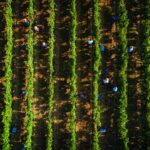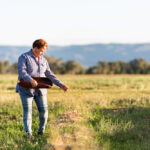With international borders set to stay closed until mid-2022, the Federal Government is now offering…
Native flora: cash crops or cash holes?
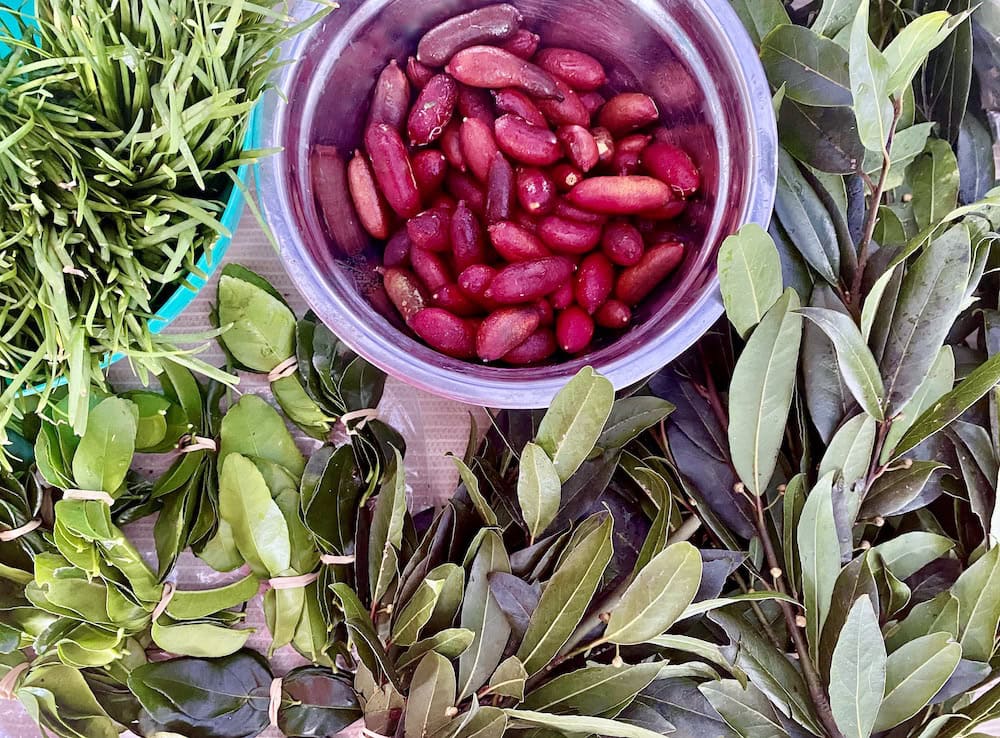
Australia accounts for around 10 per cent of the world�s biodiversity, but farms very few native species.
Fresh cut flowers generate about $350 million of farm gate value per year, while only one edible species � the macadamia � is cultivated on scale. Four decades of agronomic research has failed to expand the selection, with farmers still focusing on high-yielding species from the Northern Hemisphere instead.
But a recent University of Sydney study recognised as the most extensive paddock-to-plate study to date on the feasibility of turning native plants into modern food products has invigorated hopes for a rich and diverse native horticultural industry.
�We spend so much time killing plants that want to grow and then spend an enormous amount of money trying to grow plants that don�t want to grow in Australia. Let�s grow Australian plants,� says Indigenous foods expert Bruce Pascoe, who was consulted for the study.
Three emerging and priority species within the great pantheon of native Australian flora could see farmers turning a dime by cultivating them.
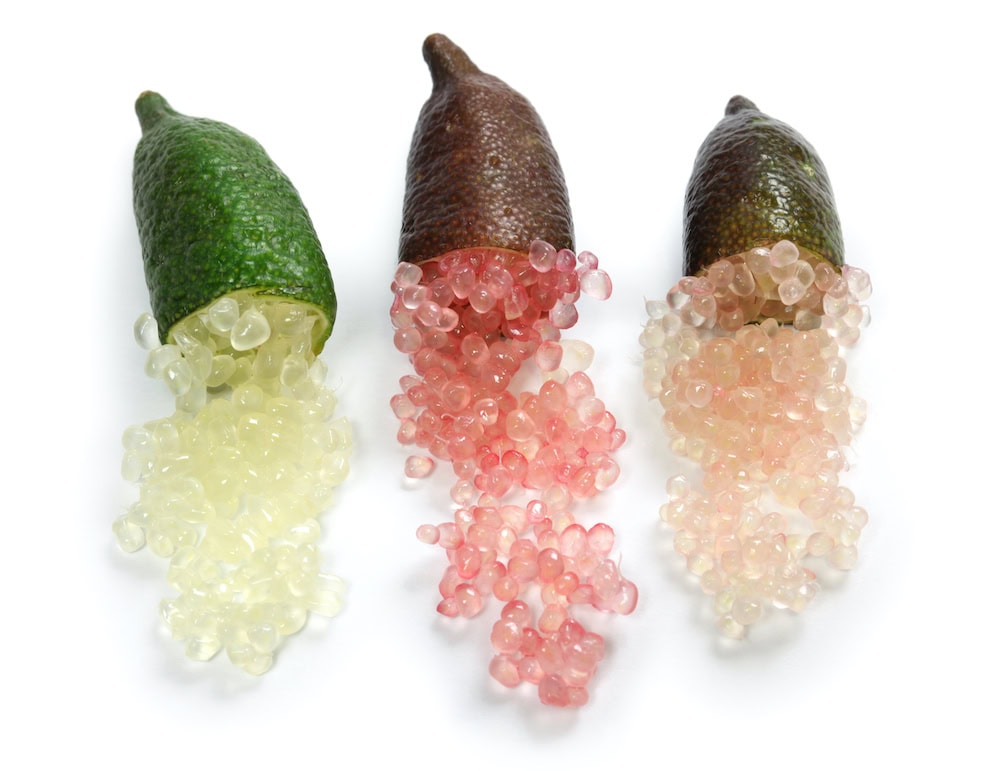
The prickly finger lime
Ren� Redzepi, chef-owner of the world-famous restaurant Noma in Denmark, described Australian finger limes � a pickle-shaped fruit filled with tiny vesicles or caviars that pop like jewels of acidic juice on the tongue � as one of the most versatile cooking ingredients on the planet. But 20 years after it emerged, the sector is still in its infancy, with a farm gate value of only $3.1 million, according to the University of Sydney.
�The problem with growing finger limes is genetic stock. You buy a clone from a grafter, plant it and then you spend five years nurturing them until you find out if your soil will produce fruit with shelf stability or fruit that rots within a few days of harvest,� says Lee Etherington of the Wild Hibiscus Flower Company, who has 1,500 finger lime trees at his property at Kurrajong Heights on the edge of the Blue Mountains.
�I�ve experimented with seven different varieties but only two of them have taken off. Ten years of torture went into growing my trees.�

Commercialising finger limes took him even longer. The farm gate price of $25 to $40 per kilogram is insufficient to justify occupying Lee�s land, which lies 80km from Sydney with views of the Harbour Bridge. Value-adding, he realised, was the only viable option.
One of Lee�s earlier solutions was finger lime marmalade. He invested $400,000 on a machine from Spain that cooks the delicate citric caviars without heat. The process worked but the packaging failed and Lee had to recall his stock.
He had more luck with Finger Lime Gin, which took four years to perfect. Launched a little over a year ago, it retails for $150 and has increased the profitability of his harvest by up to a factor of 20.
�Farming feeds off peoples� passions. But if you want to be an early adopter of a native crop, you have to break the mould in terms of value-adding,� Lee says. �Because if you just do what everyone else is doing, you probably won�t do very well.�
The stately waratah
Since the mid-1990s, there have been large commercial plantings of waratahs on the coast and coastal highlands of NSW. But as many growers are part-time or businesses with other farming interests, reliable industry statistics are unknown.
The waratah flower�s unique structure, texture, colour and good vase life makes it highly suitable for export as a fresh-cut flower, with the most popular variants exhibiting a crimson bloom, followed by white and pink. Agrifutures Australia estimates around 75 per cent of waratahs grown are sold overseas.
Once established, waratah plants can remain productive for up to 30 years. But they are notoriously difficult to nurture � they are a high-risk crop that requires specialist knowledge, an extraordinary amount of labour to grow, and passion by the truckload.
�I started breeding waratahs out of interest more than anything else,� says Brian Fitzpatrick of Waratah Australis in Batlow. �People had become used to the big red NSW Waratahs, so I crossed a rare Tasmanian yellow form to get a variety of colours thinking it would be an asset to the industry. My waratahs are also smaller, which as a fresh-cut flower, makes them more versatile in mixed flower arrangements.�
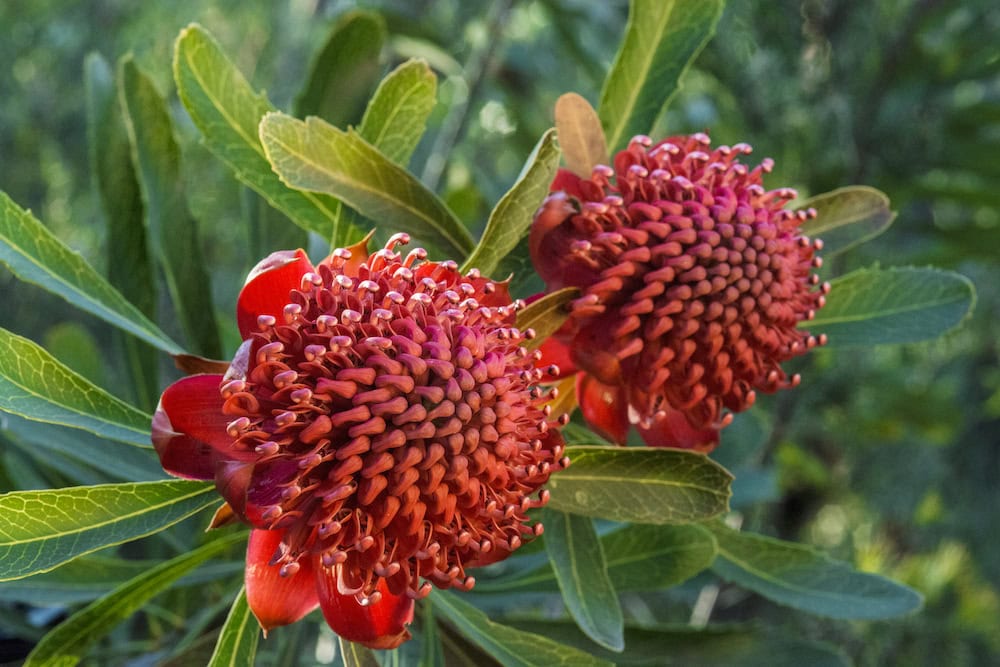
Brian�s journey to commercialising his waratahs makes Lee�s look like a walk in the park. �I started 30 years ago and only now is it coming to fruition. Until last year I was still doing all the tube stock propagation myself,� he says. �Now I receive royalties from a management company that handles all my waratahs here and overseas.�
Brian also hosts two annual open days to add value to his harvest. At the last one in October, about 400 people visited his property on a sunny Sunday to learn how waratahs are grown, buy fresh-cut flowers and have picnics in the garden.
�There is huge demand for waratahs. The industry is on a roll,� he says. �But it�s quite a specialist field and they don�t grow anywhere. To become a commercial grower, it�s a 10-year cycle at the very least.�
Native millet potential
Of the 25 edible plants included in the University of Sydney�s feasibility study, panicum � or native millet � was the most promising. It can be turned into gluten-free flour and is more nutritious than wheat. And it can survive bushfires.
�Even with current pricing regimes and initial low consumer demand, our modelling showed that in some circumstances, native grain cropping is economically viable,� said agricultural economist and study participant Dr Shauna Phillips.
But the report also highlighted R&D is needed to reduce cultivation costs. That, says Ed Colless, a grain farmer in Walgett who advises government on agriculture policy, is the understatement of the century.
�The wheat I grow to scale has the benefit of 10,000 years of genetic selection that began the day someone first stuck it in the ground and noticed some grew better,� he says. �It has nothing to do with being Euro-centric. Eastern cultures did the same thing with maize, rice and corn. We take the crops we can use, and our ability to grow large amounts of them efficiently has allowed our civilisations and cities to grow.�
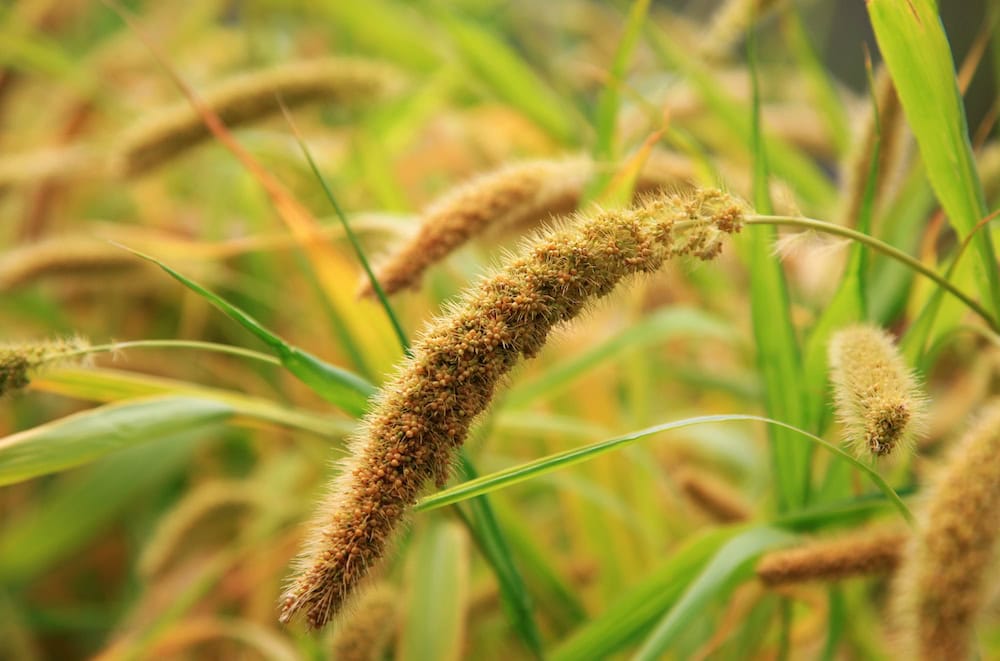
Even if we could grow native millet on a scale, who is going to eat it? �Since most of the grain grown in Australia is exported to Asia and the Middle East, you are going to have to convince consumers in countries like Vietnam and Iraq to buy it, and telling them it�s healthier or Australia-made is not going to cut it,� Ed explains.
�I do think there is a role for native Australian plants in modern agriculture � everything from lemon myrtle to quan dong � they�re wonderful things that improve our culinary culture. We should be doing the same thing with them as the French do with their cheeses.
�But native millet is a bit like sesame seed,� he says. �It�s great to use as a high-end garnish on a loaf of bread. But you can�t make the loaf with it given the cost of growing it and the small yields.�
If you enjoyed this feature on native flora, you might like our story on another niche and emerging industry � stingless bees.


